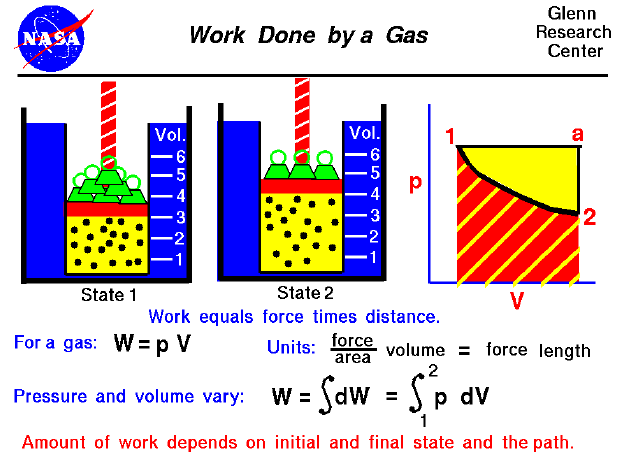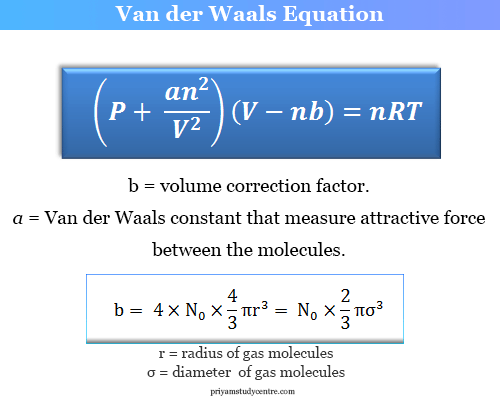The number of moles. V is the volume of the ideal gas.

It S Matter Solid Liquid Gas Physical Science Unit Science Units Third Grade Science Science
Gas law represents the unit in which it is measured and the abbreviation of the unit.
. Pressure left P right volume left V right temperature left T right and the amount of the gas as measured by the number of moles left n right. If P 1 the initial pressure of a gas V 1 the initial volume of a gas T 1 the initial temperature of that gas. Gases have a lower density than other states of matter such as solids.
List the name the symbol and a common unit for the four variables that are generally used to describe the characteristics of a gas. By convention most. Gas Constant-R-This is a universal constant-Must memorize with units.
When describing a container of gas the term pressure or absolute pressure refers to the average force per unit area that the gas exerts on the surface of the container. This equation can be used to solve any problem with a change in three variables P V and T. Units in Gas Constant-R.
Values of the gas constant R for different units. The gas laws describe how variables such as pressure. This activity is designed to look at what happens when you change 3 of the 4 variables.
The value of R depends on the units used to express the four variables P V n and T. PV nRT On the whole this is an easy equation to remember and use. Plants release oxygen as a by-product of photosynthesis but also use it for respiration.
The volume of a gas can change due to pressure but the volume of a solid or liquid generally cannot. The proportionality constant R is called the gas constant and has the value 008206 LatmKmol 83145 JKmol or 19872 calKmol depending on the units used. The equation for the Ideal Gas Law is.
The four properties of state of gases are. The standard temperature for reporting gas data is 273 K. It is normally used as a standard unit of pressure.
SI units Pressure P Pressure is measured in pascals Pa sometimes expressed as newtons per square metre Nm-2. The value for R depends on the units used for the other variables Table 2. Thus the ideal gas equation is often written as.
Force per unit caused by the collision of the gas molecules with the walls of their container. The value of the ideal gas constant depends on the units chosen for pressure temperature and volume in the ideal gas equation. Where P is the pressure of the ideal gas.
PPressure VVolume namount moles TTemperature. The Ideal Gas Law the proportionality constant is represented by. We will examine.
It is these collisions with the walls of the container that define the pressure of the gas. The ideal gas law describes the behavior of an ideal gas a hypothetical substance whose behavior can be explained quantitatively by the ideal gas law and the kinetic. -Describe a SINGLE gas - PVnRT.
Gas is a state of matter that has no fixed shape and no fixed volume. KPa atm or mmHg. The symbol used to represent pressure in equations is p or P with SI units of pascals.
In this equation R is a proportionality constant known as the ideal gas constant and T is the absolute temperature. In addition to its industrial uses oxygen gas is essential for respiration in most living organismsHumans breathe it. The units of pressure that are used are pascal Pa standard atmosphere atm and torr.
It is necessary to use Kelvin for the temperature and it is conventional to use the SI unit of liters for the volume. Only for ideal gases to follows all parts of KMT. J K-1 mol.
Kelvin temperature K must be used in gas equations. A Closer Look at Gas Uses. Pressure - measured using a manometer or a pressure transducer Temperature - thermometer or thermocouple Volume - gases fill the volume of their container thus volume of gas can be measured by.
1 atm is the average pressure at sea level. The state of an ideal gas is determined by the macroscopic and microscopic parameters like pressure volume temperature. R is the gas constant.
Within this volume it is sometimes easier to visualize the gas particles moving in. And P 2 the final pressure of a gas V 2 the final volume of a gas T 2 the final temperature of that gas. Gas Law Simulation Write-up Alexander Sanes Ferrer There are 4 gas variables that are used to describe the behavior of gases.
What 4 variables are used to describe gases. Each of these relationships is a special case of a more general relationship known as the ideal gas equation. Most of the Earths atmosphere consists of nitrogen our bodies cant break the chemical bond between the atoms.
However pressure is commonly measured in one of three units. Chemists combine all of the relationships seen in Models 1 and 2 into one law-the Ideal Gas one equation that describes gas behavior and the relationship among all four variables P V T and n. The variable in equations is n and the units are mol.
N is the amount of ideal gas measured in terms of moles. These 4 variables are in a delicate balance and if one of the variables is changed one or more of the variables may change relieve the stress on the gas system. The relationships between these variables are now known as the gas laws which describe our current knowledge about how gases behave on a macroscopic level.
The problems lie almost entirely in the units. Four variables are used to describe the condition of a gas. These mean exactly the same thing.
Be careful if you are given pressures in.



0 Comments